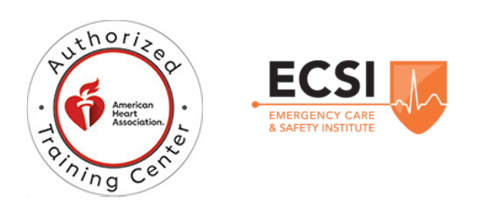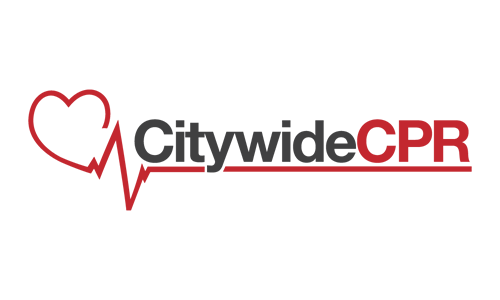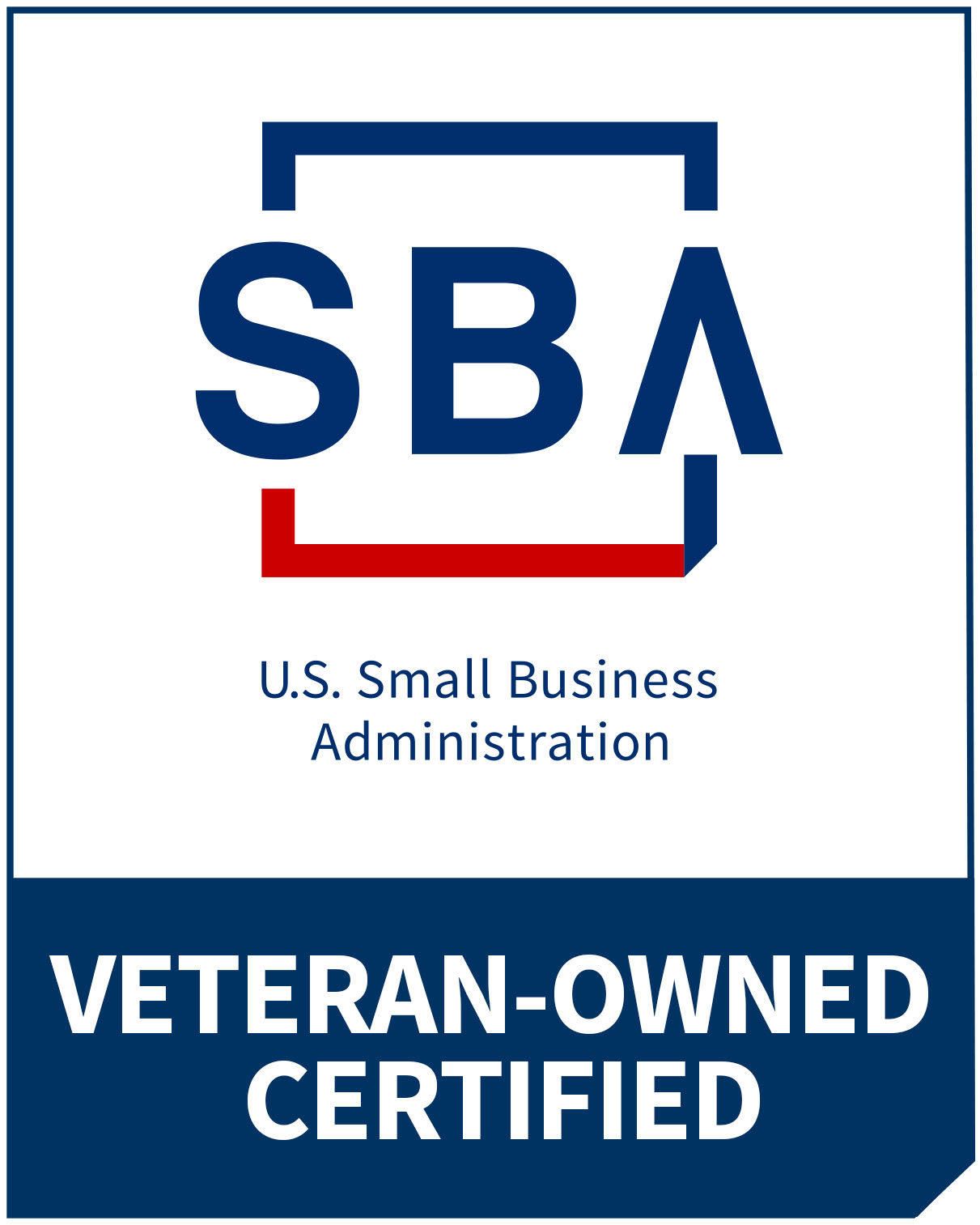Cardiac arrest is an emergency situation triggered by a sudden stop of the normal blood circulation. The interruption in the blood circulation is caused by the heart’s failure to contract properly or effectively. Unexpected cardiac arrest is referred to as sudden cardiac arrest or SCA. When SCA occurs, it would lead to the death of the victim if it is not treated within minutes since it happened. In order to help a person survive in this kind of situation, performing the so-called “chain of survival” would be the key. One example of this “chain of survival” is CPR or cardio pulmonary resuscitation. To make the performance of CPR easier, a portable lifesaving device was invented. The automatic external defibrillator or AED performs electrical therapy which stops the arrhythmia and allows the heart to get back to its effective rhythm.
AED is such an important medical tool nowadays and keeping the service records of this equipment up to date is very essential. It must also have all the paperwork to support that it is compliant with the laws regarding AED. There are at least 35 states in the United States that requires registration of automated external defibrillators. Some of the states require AEDs to be registered through the individual state while other states require it to be registered through local emergency services or law enforcement.
For owners of AED, whether it is a company or just a normal household, complying with the state laws is extremely important. There are a number of bills enacted with regards to AED and most of them contain one or more provisions. It includes encouraging or requiring training in the use of AED devices of potential users and requiring AED devices to be maintained as well as tested to the standards of the manufacturer. Another provision in those bills enacted is authorizing a state agency to establish more detailed requirements with regards to its training and registration. AED is a lifesaving tool and it is just fitting that it is up-to-date and compliant. If this equipment is not that reliable in performing its functions, it would likely cause even more problems to the victim.
Companies with so many AED in their offices would find it difficult to handle all the devices they have. This is where AED program management comes in. There are a number of companies providing AED program management and the best in this line of business is Citywide CPR. Originally based in Chicagoland/Metropolitan Area, this company is located in so many states across United States.
With Citywide CPR, there would never be any AED medical oversight. The company provides the most comprehensive program management of AED in America. In avoiding AED medical oversight, Citywide CPR provides a web-based tracking system, ongoing support as organization changes, and they also monitor every aspect of their AED program. In other words, Citywide CPR provides complete solution. Since this company is national, they are capable in handling their AED services across the country.
If you are interested in the AED program management services of Citywide CPR, please take a look to check our website.





